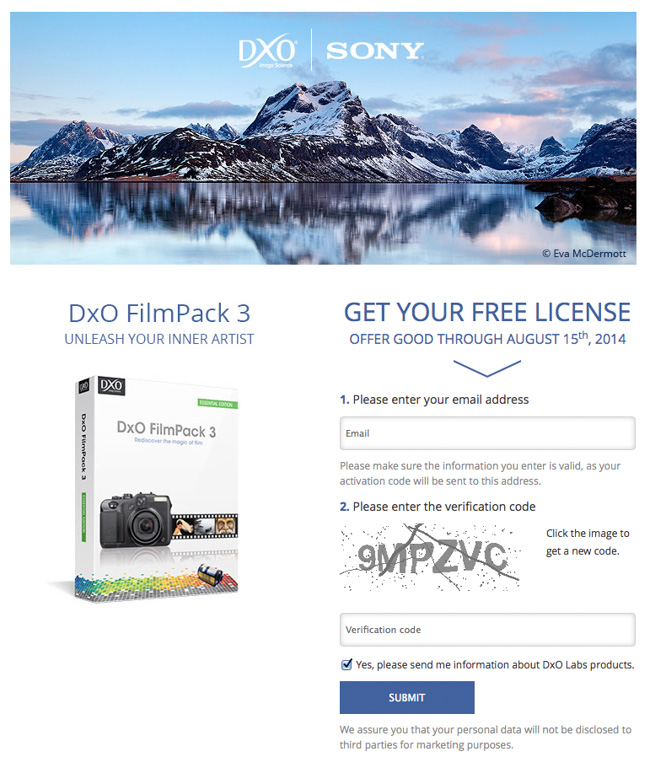
There are also a few oddities like Lomography Redscale in the "Expert Edition". I haven't looked into B&W yet, as that's not really what I'm into, but it does have a good selection of B&W films. The film grain doesn't look exactly like real film grain, as it's really more like luminance noise, but it's a passable substitute as long as you don't magnify the image and look too close. So you could combine Ektar 100 color-and-contrast with Agfa Ultra Color 100 film grain, or vice versa. You can choose the film grain apart from the rest of the filter. I wonder what's up with that?) This is good for those situations where you want to put some angry fruit salad in the viewer's face, and you don't care if it looks freakish and cartoony.Īs a side note. (However, in the comments I've read from people who actually shot Ultra Color 100, they described it as being fine-grained. It does exaggerated contrast, wildly wacked-out colors, and plainly visible film grain. This is a color negative film that was discontinued in 2005, but it almost looks more like a slide film to me. It punches up the contrast some, but not enough to lose all the shadows, and it punches up the colors some, but not enough to look freakish or cartoony, and it keeps the tone mostly neutral. The "Generic Kodachrome 64" filter is pretty good, but "Fujifilm Provia 100F" may be even better. This isn't the software's fault, as it's faithfully reproducing a limitation of real slide film. It makes for bold colors and punchy images, but you pay the price when shadowy areas turn into black holes where not much detail can be picked out. The most notable thing about most slide films is that they crank up the contrast A LOT. I'd been fond of the look I got from the "Reversal Film" filter in my K-01, so finding a similar slide film emulation was next on the agenda. Very promising! (You can add contrast in FilmPack itself, but it seems more convenient for me to do in Aperture.) I ran some photos through FilmPack, then added +0.05 to +0.10 contrast in Aperture, and suddenly my results were looking much more like those scans.

#Dxo film pack 4 software
I began to wonder if The Darkroom guys hadn't actually punched up the contrast in their scanning software when they did my negatives.

As I looked closer I began to notice that the color distortion was actually a lot like the film, but the contrast was much less. (Biggest downside: sunburnt-looking red faces!) As soon as I had FilmPack 4 installed, Ektar 100 was the first emulation I applied. The scans came back with bold colors, greens skewing slightly towards blue, blues skewing slightly towards green, and reds pretty much exploding. One modern-day film I've used recently and come to like very much is Kodak Ektar 100, which I had developed and scanned by The Darkroom. This is not exactly a nostalgia trip it's almost all new to me. As long as I could get a roll of Kodak Whatever 100 at the local drugstore, I was happy. However, the software can combine color adjustments, contrast adjustment, and artificial film grain to approximate the look of film.Īlthough I learned on film, back in those days I was blissfully unaware that one kind of color film was different from another. There are too many factors in play that are different. I don't think it's possible to process a digital photo and perfectly reproduce the image that a film camera would have taken.

The concept here is to emulate the look of many different films and apply those to your digital photos. I just DLed this program a couple of days ago, and I've been using it mainly as a plug-in with Aperture.


 0 kommentar(er)
0 kommentar(er)
